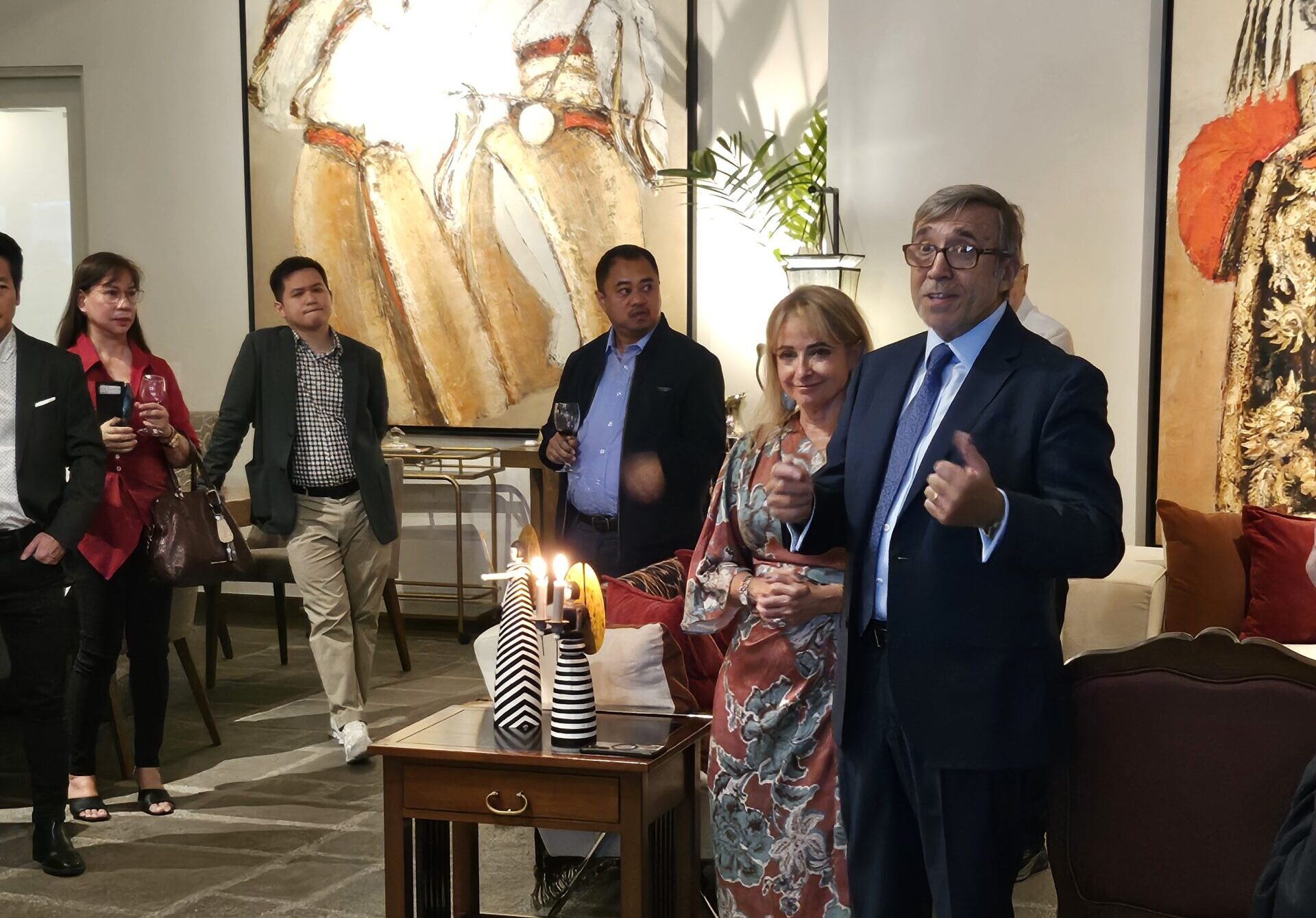Later this month, on Sept. 21, the country marks the 40th anniversary of martial law—one of the darkest periods in our nation’s history.
I wanted to create a deeper awareness of martial law among the students in my Ateneo grief class by using the losses suffered during this period as an anchor for our lessons, culminating in a retelling of several stories from that period.
To kick off our lessons, I took 10 of my 17 students to the Bantayog ng mga Bayani in Quezon City so they could better understand the period.
I was almost eight years old when martial law was declared by then President Marcos. My childhood in the ’70s and all the way to the ’80s was really, to be honest, more right than left.
However, interviewing Thelma Arceo, whose son Ferdie was a martial law hero, and reading the accounts of the Quimpos in the landmark book “Subversive Lives” opened my eyes to the grim realities of that period.
The trip to Bantayog was a learning experience for myself and my students, whose parents were probably the same age I was when martial law was declared.
“Bantayog ng mga Bayani” means “monument to the heroes.” It is a landscaped memorial honoring those who lived and died in defiance of the repressive regime. By displaying authentic objects associated with the heroes and martyrs, as well as with the period of dictatorship, the Bantayog Museum hopes to awaken in its visitors a powerful sense of history.
The rationale behind the Bantayog is explained in a concept paper: “Let us honor the Filipino patriots who struggled valiantly against the unjust and repressive rule of Ferdinand Marcos. Let us build a memorial to those men and women who offered their lives so that we may all see the dawn. For as we remember those victims of authoritarian rule, we shall become more vigilant about preserving our freedom, defending our rights, and opposing any attempt by anyone to foist another dictatorship upon us. In honoring our martyrs, we proclaim our determination to be free forever.”
Sacred grounds
“Every hero has a story,” my student Melissa wrote in her reflection paper, “that is what describes the essence of Bantayog ng mga Bayani.”
As we walked through the hallowed grounds, where stood the black granite memorial bearing more than 200 names, we were filled with sadness and awe at the lives lost in the fight for freedom.
Some images stayed with my students long after they had left the museum and monument. “One photo that haunted me depicted a man being taken away by a hand that was seemingly larger than the person itself, showing the inferiority of many Filipinos and the superiority of the dictator at that time… this piece of art, drawn by a child, shows the sorrow that was pervasive in many Filipino homes during that period, no matter the age, gender, or social class,” one student wrote.
I was struck by the replica of the jail cell which, according to Susan Dava Macabuag of the Bantayog Museum, was set up by a former detainee who had been through unspeakable horrors during martial law.
I could not fathom how, as Susan described it, 15-18 people were crammed in a cell that could not have measured more than six ft by six ft.
Interesting to me also was how my students were moved at the sight of Eduardo Castrillo’s 14-meter Inang Bayan monument. It consists of a fallen figure held by the rising figure of a woman who symbolizes the Motherland, her other hand reaching for the glorious sun of freedom. ”
There are fallen martyrs in each one of us. In the simplest essence of being Filipinos, we are all a living testament to our unique and beautiful culture and history. Many times, we fall and fail in our mission of being true Filipinos, but with every rising sun, there is always Inang Bayan or the nation as a whole, that drives and pushes us to dare to dream and hope that it’s not yet too late to make our nation proud,” my student Via wrote.
The rest of September, my class will be devoted to lessons learned and the losses many families suffered during martial law—how those losses affected families for generations, and how those sacrifices impacted on the lives of survivors and of their kin.
Teaching these lessons, re-telling their stories in a language that succeeding generations will better appreciate and understand, is our small contribution to honor those who gave up their lives so that the darkest period in our history will never happen again.
Visit www.bantayog.org.
Follow the author on Twitter @cathybabao or through her blog www.storiesbykate.wordpress.com.














































